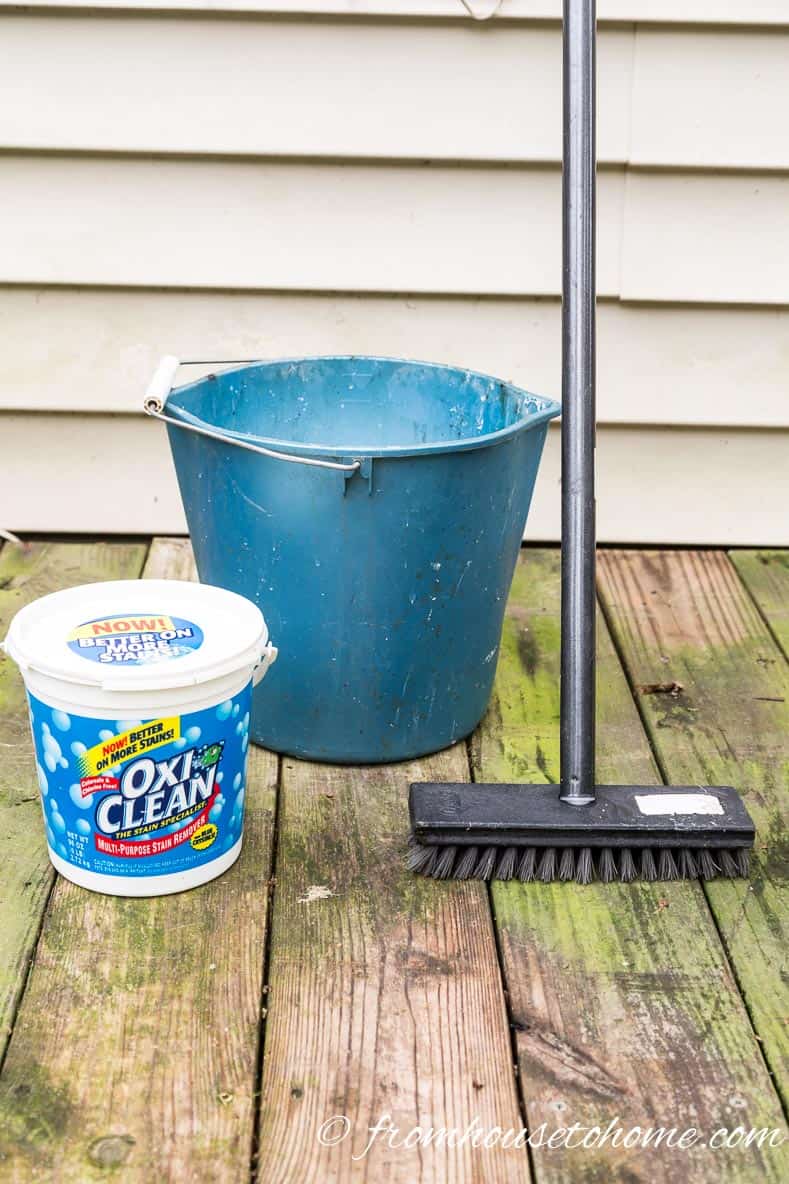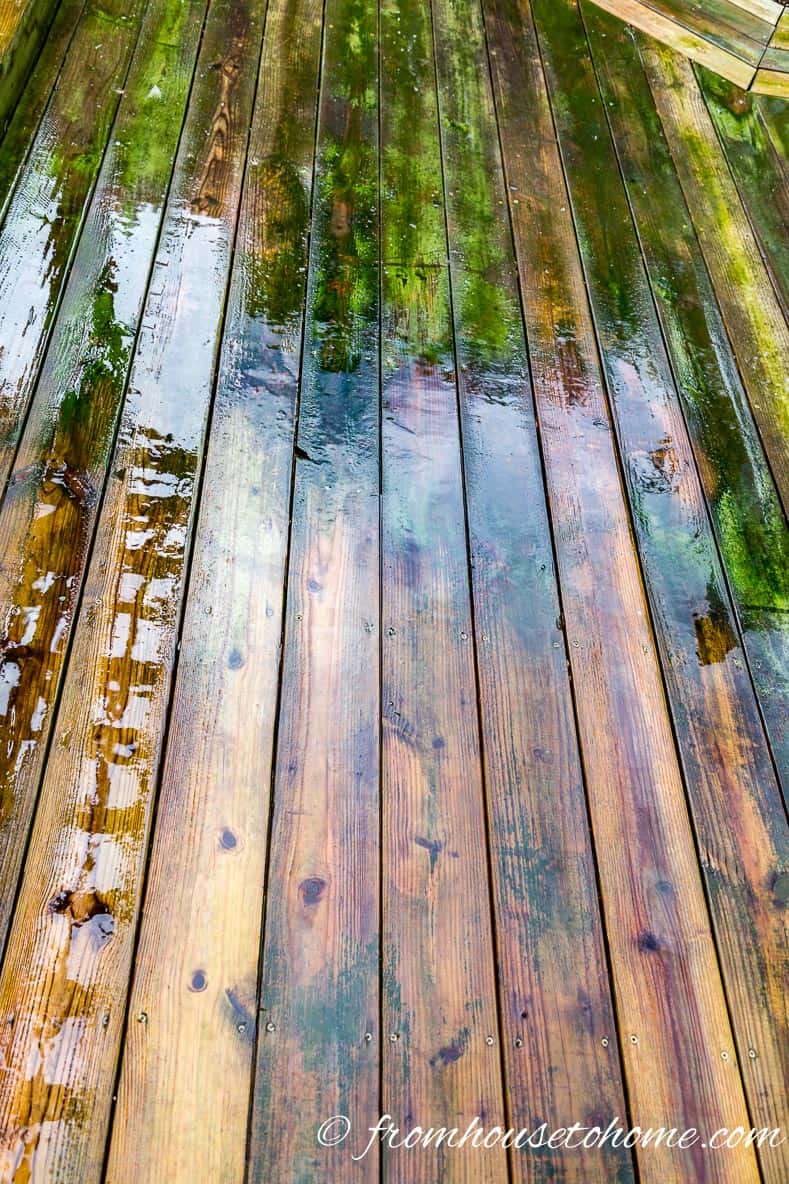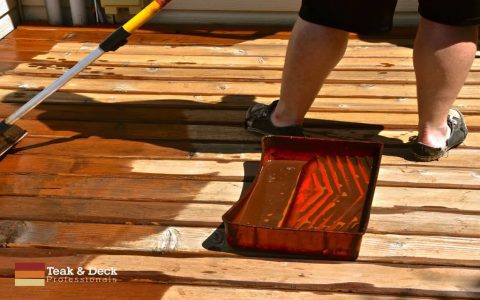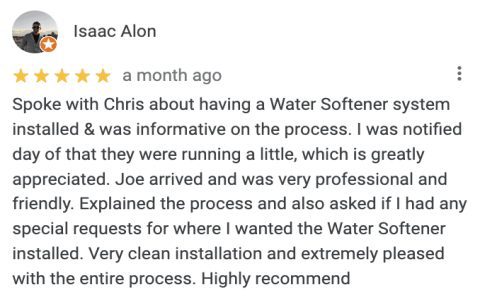Creating your own wood deck cleaner is a cost-effective and environmentally conscious way to maintain your outdoor space. Common household ingredients can be combined to tackle dirt, grime, mold, and mildew effectively.
Common Ingredients for Homemade Deck Cleaners
- Oxygen Bleach (Sodium Percarbonate): Excellent for removing mold, mildew, and general grime. It is generally safer for wood and surrounding plants than chlorine bleach.
- White Vinegar: A mild acid that can help with light cleaning and some types of stains. Use diluted, as concentrated vinegar can be too acidic for some wood types over time.
- Mild Dish Soap (biodegradable): Acts as a surfactant, helping to lift dirt and grease. Choose one without harsh degreasers, fragrances, or antibacterial agents.
- Baking Soda (Sodium Bicarbonate): A gentle abrasive, useful for scrubbing stubborn spots or as a mild cleaning booster.
- Warm Water: Serves as the base for most cleaning solutions, helping to dissolve active ingredients more effectively.
Deck Cleaner Recipes
Always mix ingredients thoroughly in a plastic bucket (metal can react with some ingredients) and test on an inconspicuous area of your deck first. Adjust quantities based on the size of your deck.
1. Gentle All-Purpose Cleaner (for light dirt and maintenance):

- 1 gallon of warm water
- 1 cup of white vinegar
- 1/4 cup of mild liquid dish soap
Mix ingredients. This solution is best for light, routine cleaning and helps to brighten wood slightly.
2. Oxygen Bleach Cleaner (for Mold, Mildew, and Heavy Grime):
- 1 gallon of warm water
- 1 cup of powdered oxygen bleach (ensure it's fully dissolved according to product instructions, which may take 10-15 minutes; warm water helps).
- Optional: 1/8 to 1/4 cup of mild liquid dish soap (add after the oxygen bleach has dissolved).
This is a more powerful cleaner. Allow the solution to sit on the deck for 10-20 minutes before scrubbing, but do not let it dry completely on the surface.
3. Baking Soda Paste (for Spot Cleaning Tough Stains):
- Mix baking soda with a small amount of water to form a thick paste.
Apply directly to stubborn stains like grease spots, let sit for 15-20 minutes, then gently scrub with a soft brush and rinse thoroughly.

Application Process
- Step 1: Preparation: Sweep the deck thoroughly to remove all loose leaves, dirt, and debris. Protect nearby plants and grass by covering them with plastic sheeting or by thoroughly wetting them with plain water (and rinsing them again after cleaning the deck).
- Step 2: Test Area: Always test your chosen cleaning solution on a small, hidden section of the deck. Apply, let sit for the recommended time, scrub lightly, and rinse. Check for any adverse reactions such as discoloration or wood damage after it dries.
- Step 3: Application: Apply the cleaner evenly using a garden sprayer, a deck mop, or a soft-bristled deck brush. Work in manageable sections, typically starting from the farthest point and working towards an exit.
- Step 4: Dwell Time: Let the cleaner sit on the wood for 10-20 minutes (follow specific recipe guidelines, especially for oxygen bleach). It's crucial not to allow the solution to dry on the deck surface; if it starts to dry, lightly mist the area with water or more cleaning solution to keep it damp.
- Step 5: Scrubbing: Use a stiff-bristled deck brush (synthetic bristles are generally recommended for most wood types; avoid wire brushes which can damage wood). Scrub in the direction of the wood grain to dislodge dirt and grime. Apply moderate pressure.
- Step 6: Rinsing: Thoroughly rinse the deck with clean water from a garden hose, ensuring all cleaning solution and loosened dirt are removed. Rinse from top to bottom if there are multiple levels. A pressure washer on its lowest setting (e.g., 500-800 PSI for softwoods, slightly higher for hardwoods) can be used cautiously by experienced individuals, keeping the nozzle at least 12 inches from the wood and constantly moving to prevent gouging or raising the grain.
Important Considerations
- Safety First: Wear protective gloves, eye protection, and old clothing, especially when working with oxygen bleach or any cleaning solution.
- Avoid Chlorine Bleach: Do not use chlorine bleach (sodium hypochlorite) on wood decks. It is harsh, can damage wood fibers by breaking down lignin, is harmful to plants and aquatic life, and can react dangerously with other chemicals (like acids such as vinegar).
- Wood Type Matters: Softer woods like cedar or pine are more susceptible to damage from aggressive scrubbing or overly strong chemical solutions compared to hardwoods like ipe or teak. Adjust cleaning methods and solution strength accordingly.
- Rinse Thoroughly: Any cleaner residue left on the deck can attract more dirt, become slippery, or interfere with the adhesion and performance of future stains or sealers.
- Environmental Impact: Opt for biodegradable dish soaps. Oxygen bleach is generally considered environmentally friendly as it breaks down into oxygen, water, and soda ash. Be mindful of runoff, especially if your deck is near waterways or sensitive vegetation.










